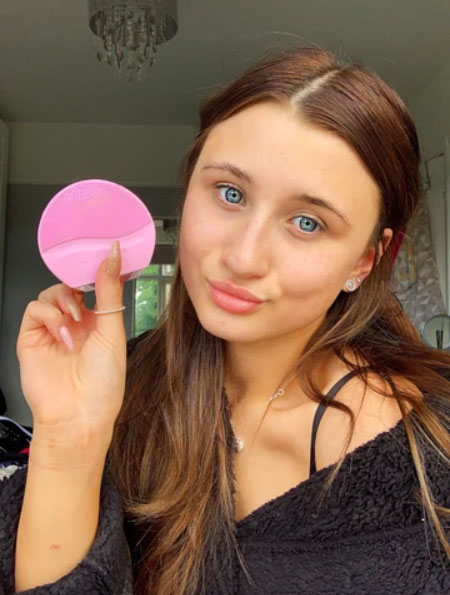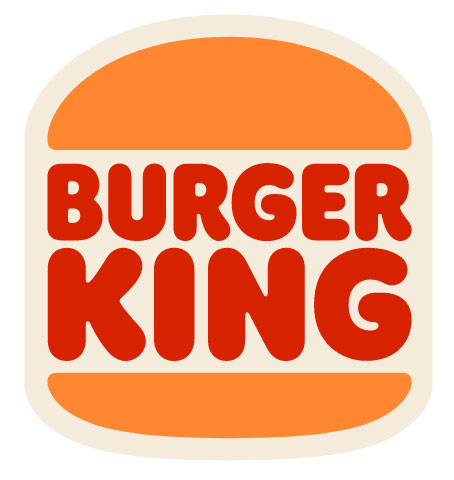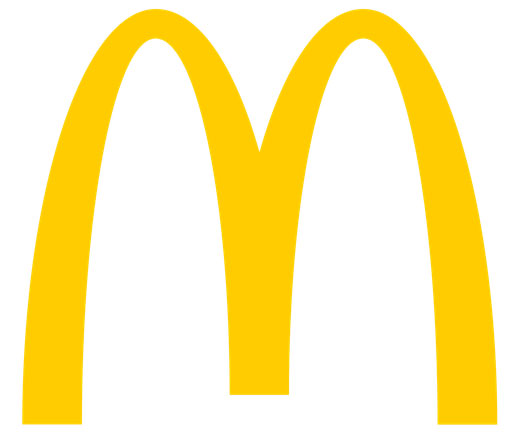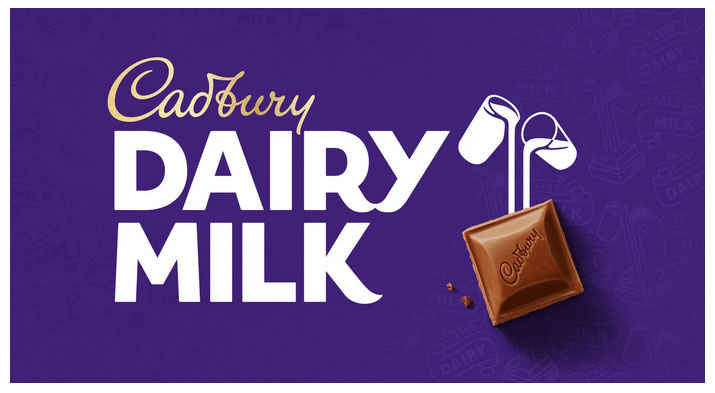What are Facebook Stories and how can they elevate your marketing?
The advent of social media has completely changed the way businesses market themselves. While big brands command huge departments and mass resources to manage their campaigns, in the age of digital, a single piece of engaging content targeted at the right audience can be just as effective. The ever-evolving toolset offered to businesses by social media platforms means the methods of delivering messaging are more diverse than ever.
One such mechanism that has dominated as of late is the ‘story’, which has been implemented on Facebook, Instagram and more. In this blog, we’ll answer the burning question… ‘what are Facebook stories?’, whilst also giving you some specific tips on how to make the most of them in your social media marketing.
So, what are Facebook Stories?
Facebook stories are a special form of post that allows you to share pictures and videos with your followers, with the catch being you can only see them for 24 hours. After that, they’re gone!
So why is this disposable messaging such an important aspect of social media marketing then? To start, stories appear at the top of newsfeeds whether the individual is viewing on a desktop or a mobile device. This means that they’re immediately noticeable for potential customers; instead of scrolling through long-form posts that blend in with the rest, they’ll see your icon highlighted at the top.
With over 500 million people using Facebook stories a day, there is a huge audience to cater to. If you can manage to draw people in initially and they like the look and feel of the content you’re putting out, then this can prove to be an incredibly effective marketing tool.
How to post a story on a Facebook Business page?
Facebook stories can be created on either a desktop or a mobile device, unlike Instagram, which only allows you to make them on the mobile app. However, the Facebook app offers a more comprehensive set of tools and customisation than its desktop counterpart, so we would recommend using that when making a story.
If you’re managing multiple business pages on Facebook, you first need to pick the brand you’re creating the story for. Then simply head to the newsfeed and click on the ‘+’ sign that borders your profile picture in the upper right of the screen. This will bring up several options, but ‘create story’ is the one to choose for this purpose. Want’s that is done, you’ll be taken to the story creation menu.
The Tools
When you first look at the story creation menu, it can all be a bit overwhelming. There are several options to pick from and deciding which to use is paramount. The first you will see is the ‘gallery’ tab. Here, you can choose from all of the photos and videos that are already on your device.
On top of that, there is a variety of recording options to choose from. You can take new photos and videos, or even make a Boomerang, which takes a number of frames and converts them into a short, animated clip. Polls can be created too, which is a great way to interact with your audience and potentially garner customer feedback.
You can add custom text and edit the fonts and backgrounds, pick backing tracks from a wide selection of music too. Collages are another format to pick, with the ability to choose how many photos and how they are positioned. There is even the option to include your own custom buttons, directing viewers to specific landing pages. In short, there is a huge number of tools to utilise when creating a story.
How to use Facebook Stories for Businesses
Facebook can offer you all the tools in the world, but if you aren’t crafting engaging copy or content, then the stories are never going to produce results. One of the best things you can do is to utilise the unique parameters of the medium. Stories only last for 24 hours, so they are the prime place to push time-sensitive content, such as sales, where urgency is a key factor.
With the options on offer, stories can become a much more interactive type of content for you to test on your audience. Don’t neglect the custom buttons, poll options, and other tools at your disposal; by creating content your customers can actively engage with, the strength of your messaging is boosted and becomes far more effective as a result.
Let the experts help
Making a story sounds easy, but do you know how to craft an effective tone of voice, or edit a clip to make it really engaging? You have to remember that Facebook stories are just one element of social media marketing and, while they can be effective on their own, can’t match the reach of a carefully coordinated campaign. At social Nucleus, we can help with every aspect of your Facebook marketing.
We’ll help you determine which specific audiences to target, determining the best age ranges, genders, and locales for your brand. We’ll also work to create killer creatives, with our team of copywriters and graphic designers who can truly elevate your messaging. If you want to level up your digital advertising, get in touch and organise a consultation with one of our team.





